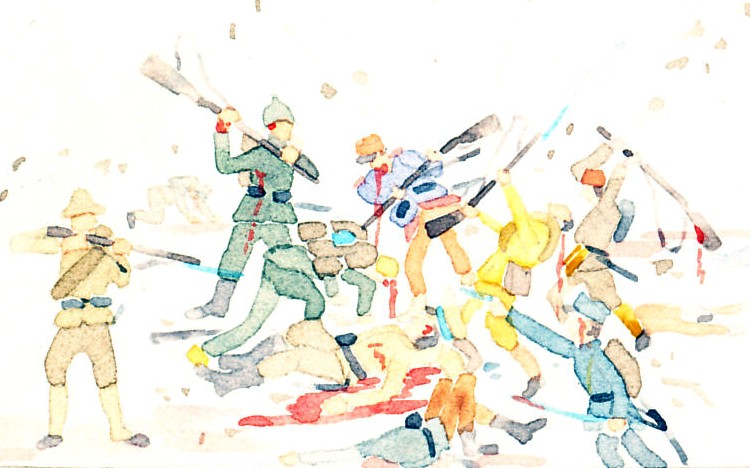The American cruiser Brooklyn in Vladivostok harbor, Russia in a 1919 Czech Legion photograph. The Legion consisted of Austro-Hungarian Czechs taken prisoner by the Russians, then organized to fight for Czech independence. With peace on the Russian front, they went east to leave Russia from Vladivostok, sometimes fighting their way through the Red Guard defending the Revolution. The Americans, British, and Japanese had forces in the city.

Text, in Czech:
Americký křižník Brooklyn
American cruiser Brooklyn
Other views:
Larger, Larger
